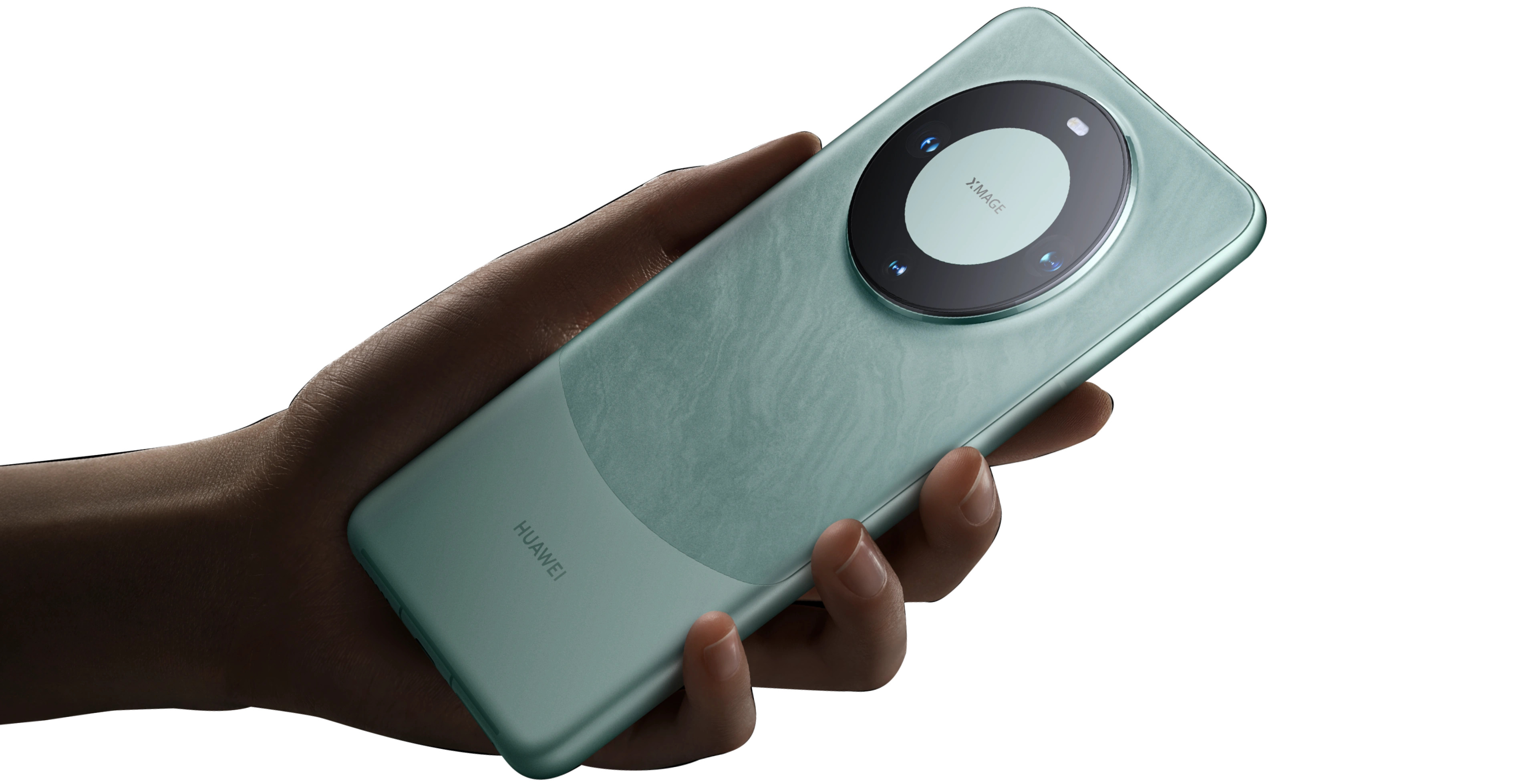
Huawei launched the Huawei Mate 60 and Mate 60 Pro, its second big flagship series for the year. Both smartphones were released without much fanfare in China and boast impressive hardware specs, including LTPO OLED displays, specialized Kunlun glass, and facial authentication. Huawei is also reportedly equipping these with 5G capabilities, a first for the company since restrictions were placed on trade with Huawei by the Trump administration.
The Huawei Mate 60 Pro is a typical flagship phone that would be one of the best Android phones if it were running a more friendly Android system. It is powered by Huawei's HarmonyOS and packs a 6.82-inch 2720 x 1260 120Hz display. The display has a very small bezel, and is interrupted only by a tiny hole-punch layout for selfies and facial authentication.
Huawei retains its camera focus here, with a powerful triple-lens rear camera system including a 50MP main camera, a 12MP ultra wide camera, and a 48MP telephoto camera. This is all powered by a 5,000 mAh battery with 88W charging.
The Mate 60 is a pared-down version of the 60 Pro. All the main features, including the fast charging and LTPO display, are included in broad strokes, but you won't find any triple-hole punch for secure facial identification. The battery is also a smaller 4,750 mAh, and the charging is reduced to 66W. Both the Mate 60 and Mate 60 Pro are capable of two-way satellite texting, like the iPhone 14 and iPhone 14 Pro.
What's the big deal about being 5g capable anyway?
According to a Reuters report, the Mate 60 and Mate 60 Pro's launch was so low-key and out of the blue that even staff at Huawei were "caught off-guard." There may be a reason for that. The Huawei Mate 60 and Mate 60 Pro reportedly feature 5G support, and that's a pretty big deal.
Though we expect all modern smartphones will have a 5G modem, the Huawei Mate 50 and Mate 50 Pro were not 5G-capable. With Huawei's trade restrictions, the company was unable to procure 5G chips. Even the Huawei P60 and P60 Pro both use a 4G model of the Snapdragon 8 Plus Gen 1 processor.
If Huawei has managed to overcome the U.S. restrictions, that would be a big win for the beleaguered company. Huawei is rumored to be using its own homegrown Kirin processors, though Reuters has not been able to confirm this. Neither the product pages of the Mate 60 nor Mate 60 Pro shed any light on this, and Reuters cites posts on Weibo, the Chinese equivalent of X (née Twitter).
Though 5G would be a win, Huawei will still face problems gaining market share outside its home country. The lack of the Google Play Store remains a big problem for many. Of course, rival company Xiaomi has no such limitations, and Honor still supports Google Play's services for those who would like a taste of Huawei's flavor, as our Honor Magic 5 Pro review shows.







